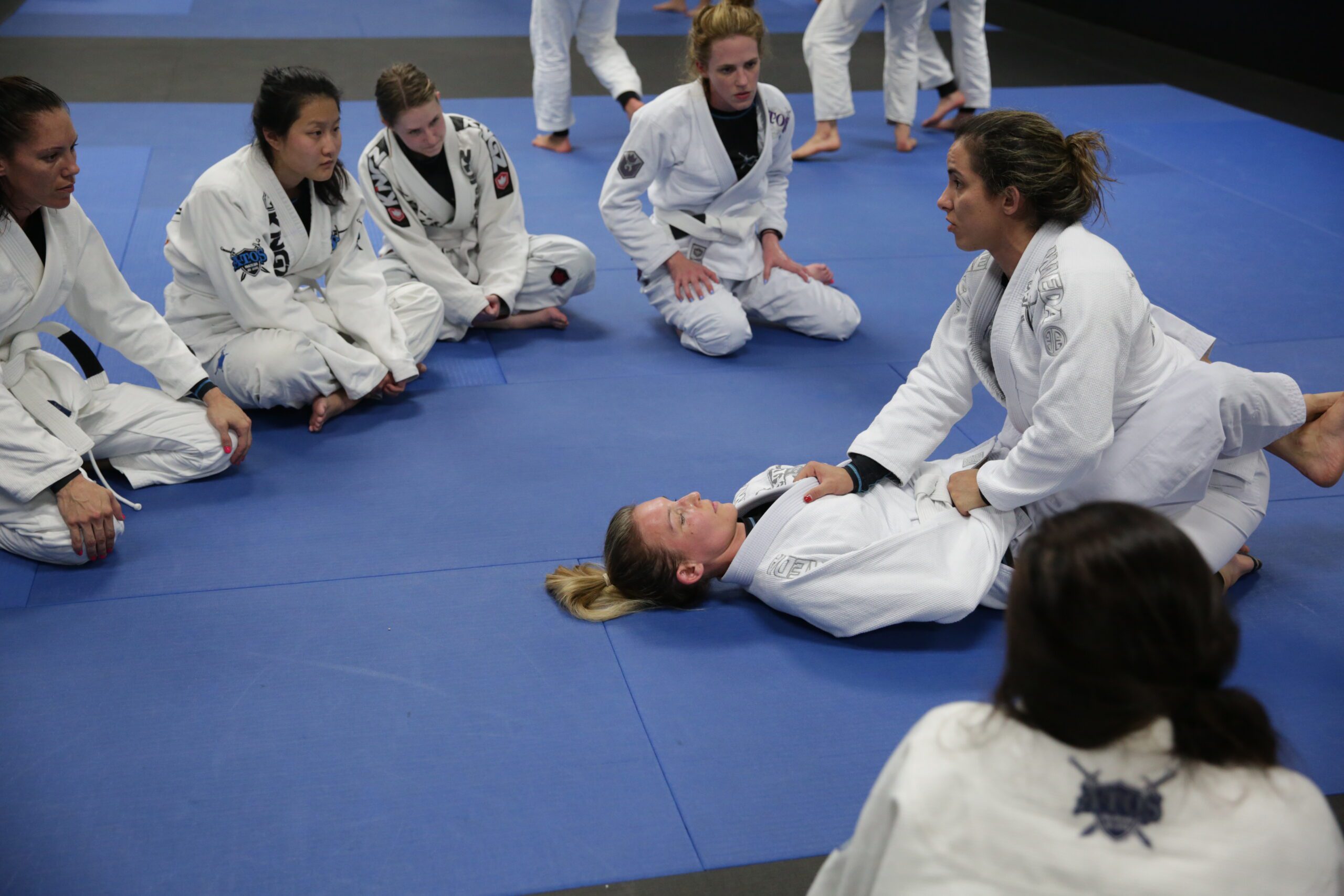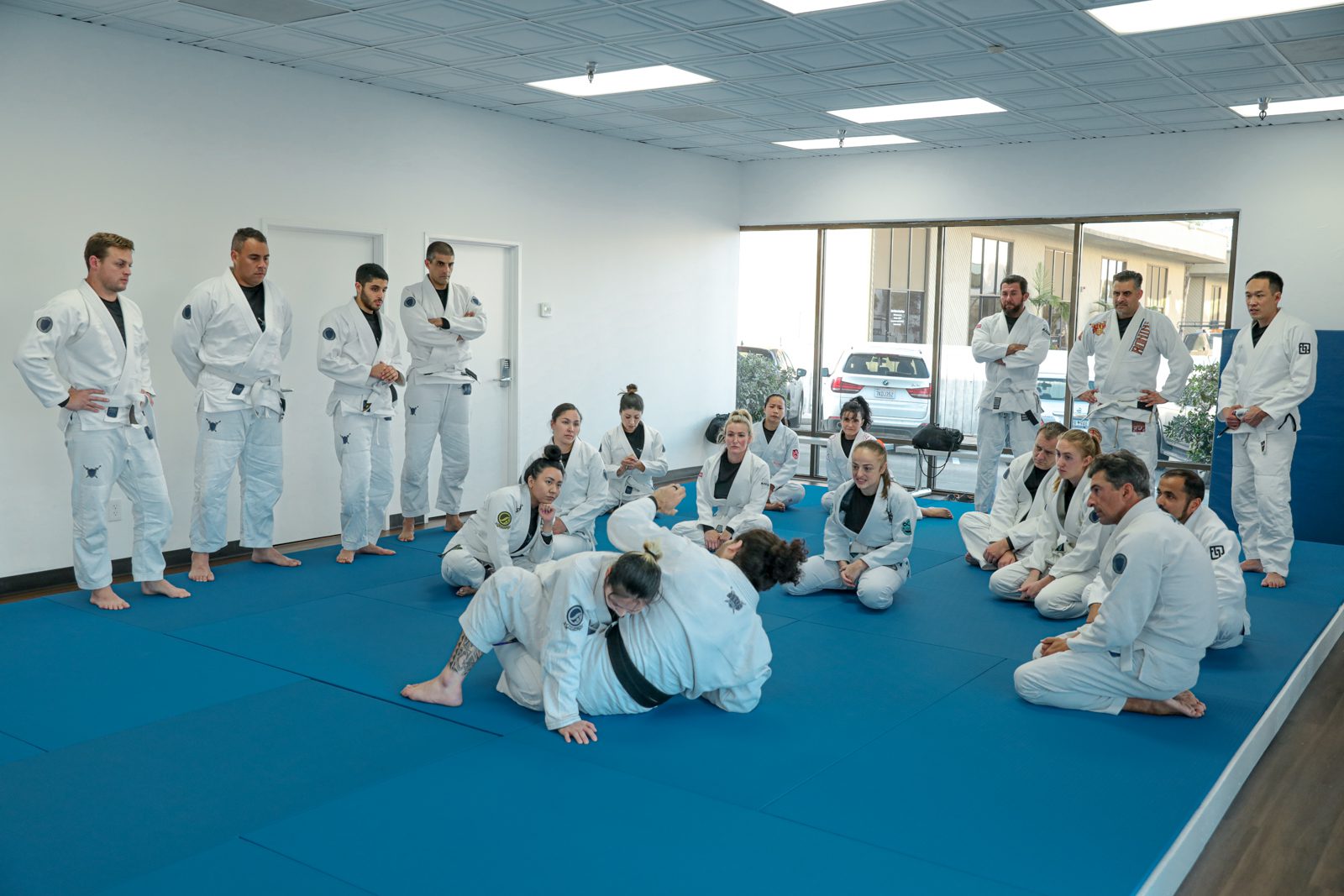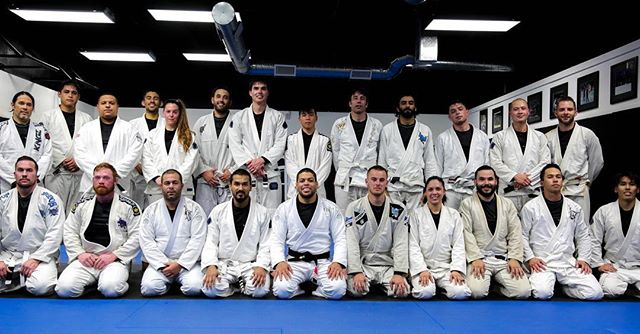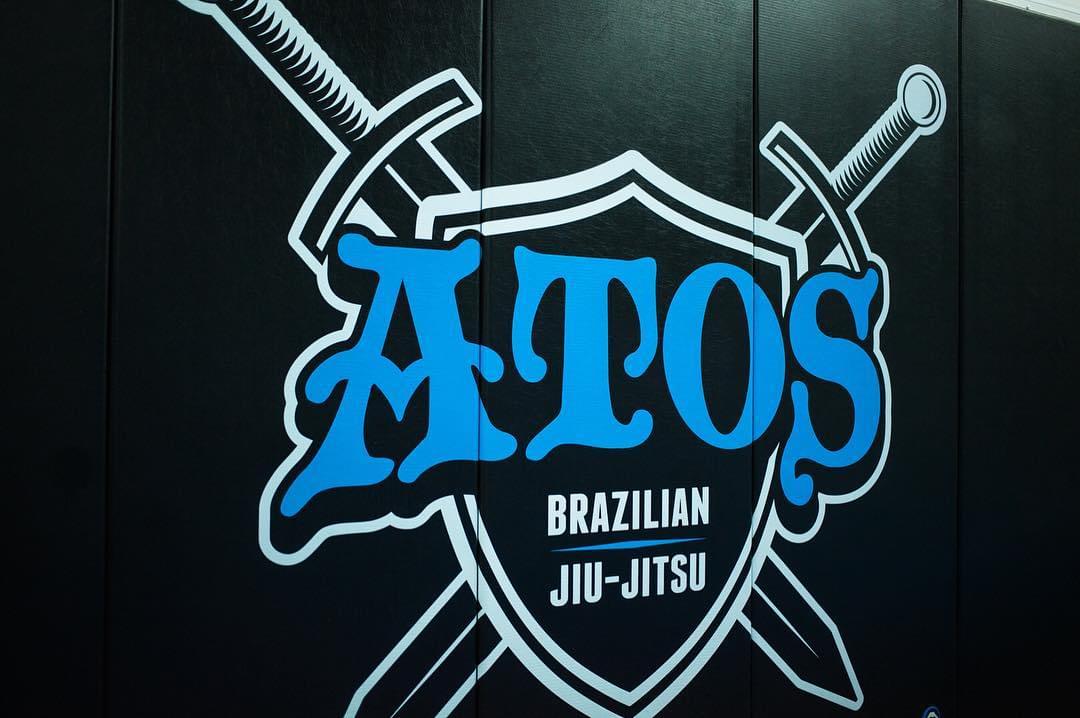White Belt
Introduction to the essentials concepts of Jiu Jitsu

Introduction to the essentials concepts of Jiu Jitsu


As a modern day martial art, the belief of most new students is that Jiu-jitsu is for winning street fights, a way for a smaller person to win an encounter against a larger attacker, or that fighting thing from mixed martial arts shows. In all cases, the uneducated potential student sees jiu-jitsu as a fighting art. This is why, we must always ensure that the new student is steeped in the knowledge of the most fundamental self-defense techniques in both classic and modern jiu-jitsu. If they choose to continue training or not, they will have insight in potentially life-saving techniques and also gain understanding into leverage and the extent of Jiu-jitsu positions and techniques. In these first lessons, the student will focus solely on standing self-defense styled techniques. These moves will display leverage, positioning, and defensive strategies against would-be aggressors. From the standing positions the new students will learn how Jiu-jitsu uses submission holds to end encounters, how Jiu-jitsu allows you to transition to the ground for incredible control, and how to counter common scenarios like standing punches, kicks, locks, and varying grips. At the end of the first part of the curriculum created by Professor Andre Galvao, the students are ready to apply this newfound knowledge to fundamental ground attacks; many of which will feel much more familiar after completing the first part of this curriculum.
The second part of our “White Belt Into/Self-Defense” curriculum is where the student will discover the Jiu-jitsu that he/she is most likely to see televised. It is the ground control, the submission, and the escape. This is the phase where the jiu-jitsu student will have a very solid understanding of exactly what jiu-jitsu is, what the daily techniques are likely to feel like and what the future of Jiu-jitsu is likely to unfold for them. Self-Defense is still at the core fundamental of the second part of the curriculum journey. Students will learn to escape head-locks and choke-holds, in techniques that compliment the standing takedowns and self defense maneuvers from the previous stripe. In this process the student will round out the core ground techniques of Jiu-jitsu with again and emphasis of the techniques and leverage points that will contribute to future more advanced techniques. Positionally, students will have a clear understanding of what the core positional hierarchy of Jiu-jitsu is from the top to the bottom.
On top, they will learn the basic path towards the mount and back controls as well as early escape positions from the bottom. In addition to this, they will learn transitions between such positions like guard sweeps, basic guard passing and fundamental controlling techniques. Armed with greater control the student is more likely to learn to dominate important positions that lead to plentiful submission opportunities. The submission is the last aspect that will be prevalent from most ground techniques, the fundamentals of chokes and armlocks as well as their proper leverage points cannot be overstated as the student proceeds toward more advanced sessions where knowledge and coordinated practice of foundational submissions is prerequisite for both class attendance and retention. With the second stripe the student is now prepared to drive into more advanced takedowns, drills, guard positions, passes, transitional changes, and submission series. They now have a solid basic understanding of what Jiu-jitsu is and can perform many of its fundamental.
